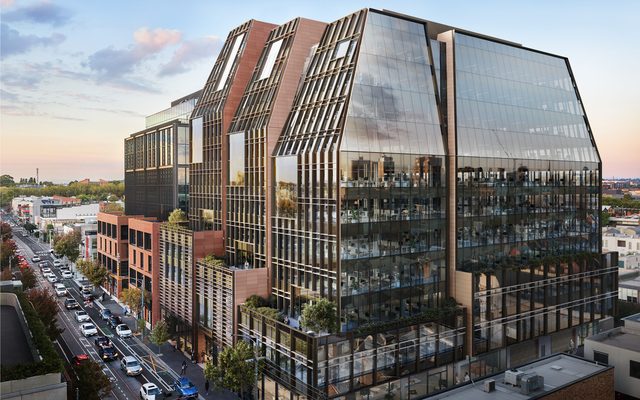This article is from the Australian Property Journal archive
ROARING tenant demand for office space has seen Melbourne absorb an equivalent of two to three Rialto towers being leased each year, according to APN Funds Management.
APN’s portfolio manager Damian Diamantopoulos said Melbourne’s office sector has seen a meteoric rise over the past three years with more approximately 450,000 sqm of space absorbed.
To put this in perspective, the long term average net absorption for the Melbourne market has been around 50,000 sqm per annum.
Diamantopoulos said white collar employment growth, a low interest rate environment and strong economy has underpinned the sector.
“Investors need to be aware that Australia’s GDP has been progressing nicely since the early 1990’s, propelled by the resources sector, translating into growth in white collar employment and therefore increased attraction of the office sector especially in Perth & Brisbane,” he added.
A recent office market report by Jones Lang LaSalle show Melbourne has recorded its lowest vacancy rate on record since the early 1980s, falling to 5.8% in the June 2007 quarter, down from 6.5% in the last quarter and a drop from 9% witnessed 12 months ago.
In addition, Melbourne prime gross effective rents grew 2.7% in the second quarter of 2007, taking the annual growth to 10.0%.
JLL Research also shows the supply pipeline remains strong with 366,000 sqm of space currently under construction in the city, which is around 35% of all space under construction across the six major capital cities.
Meanwhile, Diamantopoulos said Perth and Brisbane were hot markets for office property.
“Brisbane has the lowest recorded vacancy rate of anywhere in Australia at 0.3%, plus a surge in rents due to upbeat demand, with rents up by more than 35% in the past year alone. We don’t expect new large scale supply to come on stream until 2008, so current strength will continue,” he added. “Perth too has witnessed its vacancy rate track lower to 0.6% – with the rate plummeting from 2.6% in just twelve months. At this rate and with no new construction to be added until 2008, Perth as well as Brisbane will have the “no vacancy” sign out for some time,”
Diamantopoulos said all of this translates into the price of property skyrocketing.
For example, an office building 12 months ago might have been bought for $100 million and generated a rent from its tenants of $8 million per annum on a yield of 8%.
“That property might be purchased today by an investor for $110 million and while still delivering a rent of $8 million per annum, this reduces the yield to the new investor of 7.3%.
“The income received from the property is unchanged but because a new investor is willing to pay more for the property and yet receive the same rent, the yield or income return the new investor receives is lower. This generally occurs when investors have a more positive view on the asset growth than they previously did,” he said.
“In some markets this has seen yields on property investments for new investors falling to circa 5.75% to 6.75% in Perth and Brisbane, and you can see why we claim the sleeping giant is well and truly awake,” Diamantopoulos concluded.
Australian Property Journal



